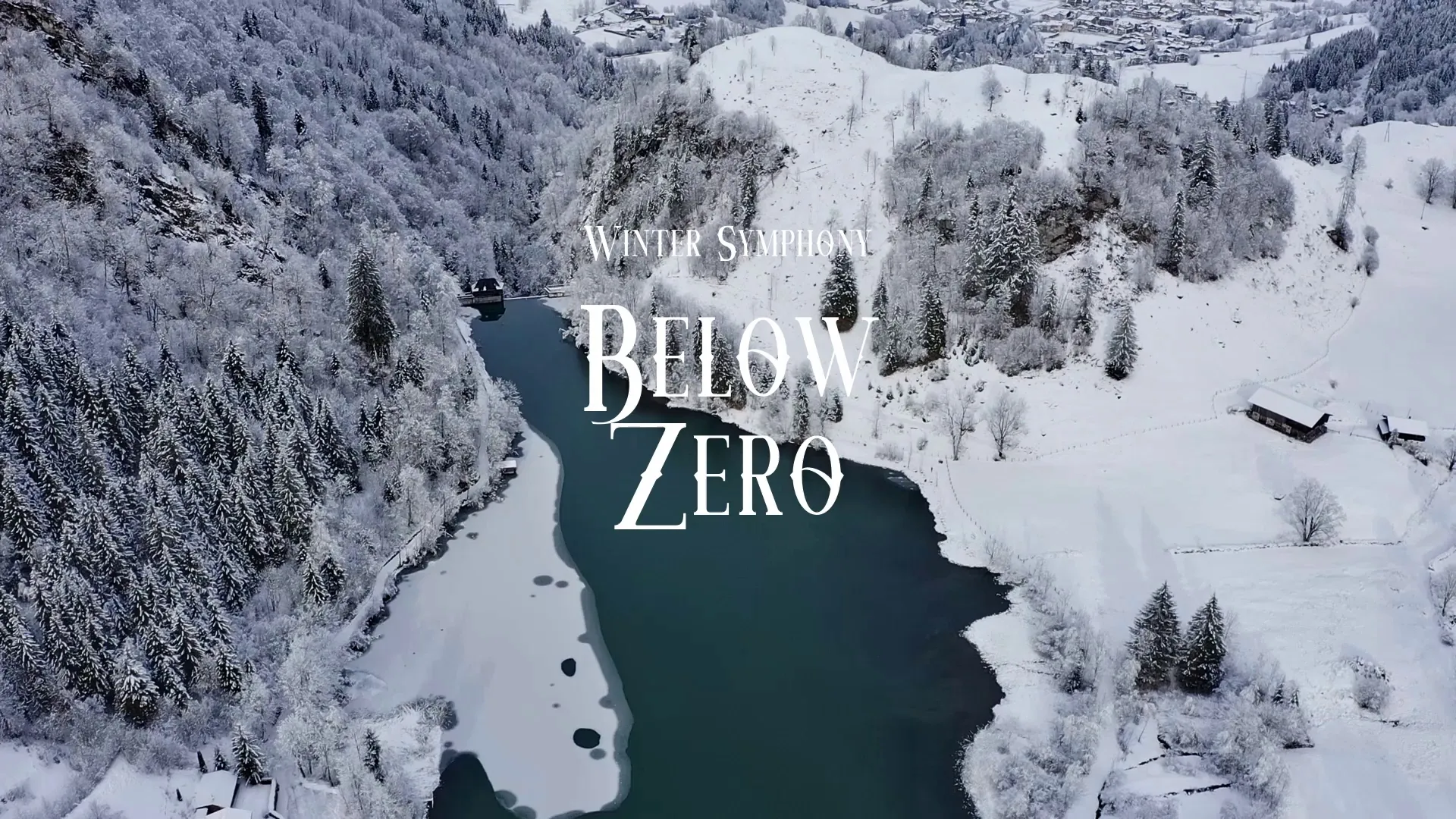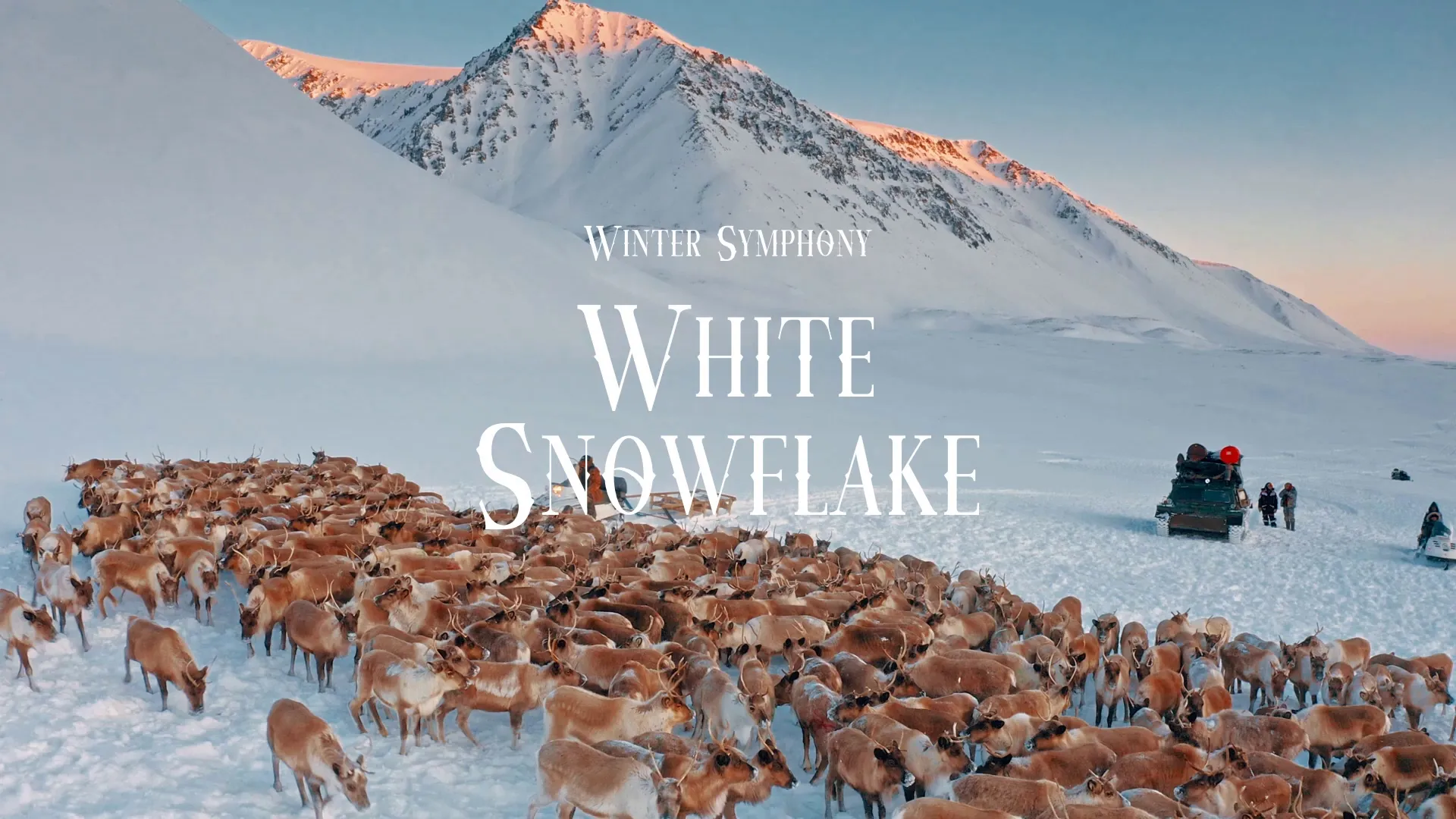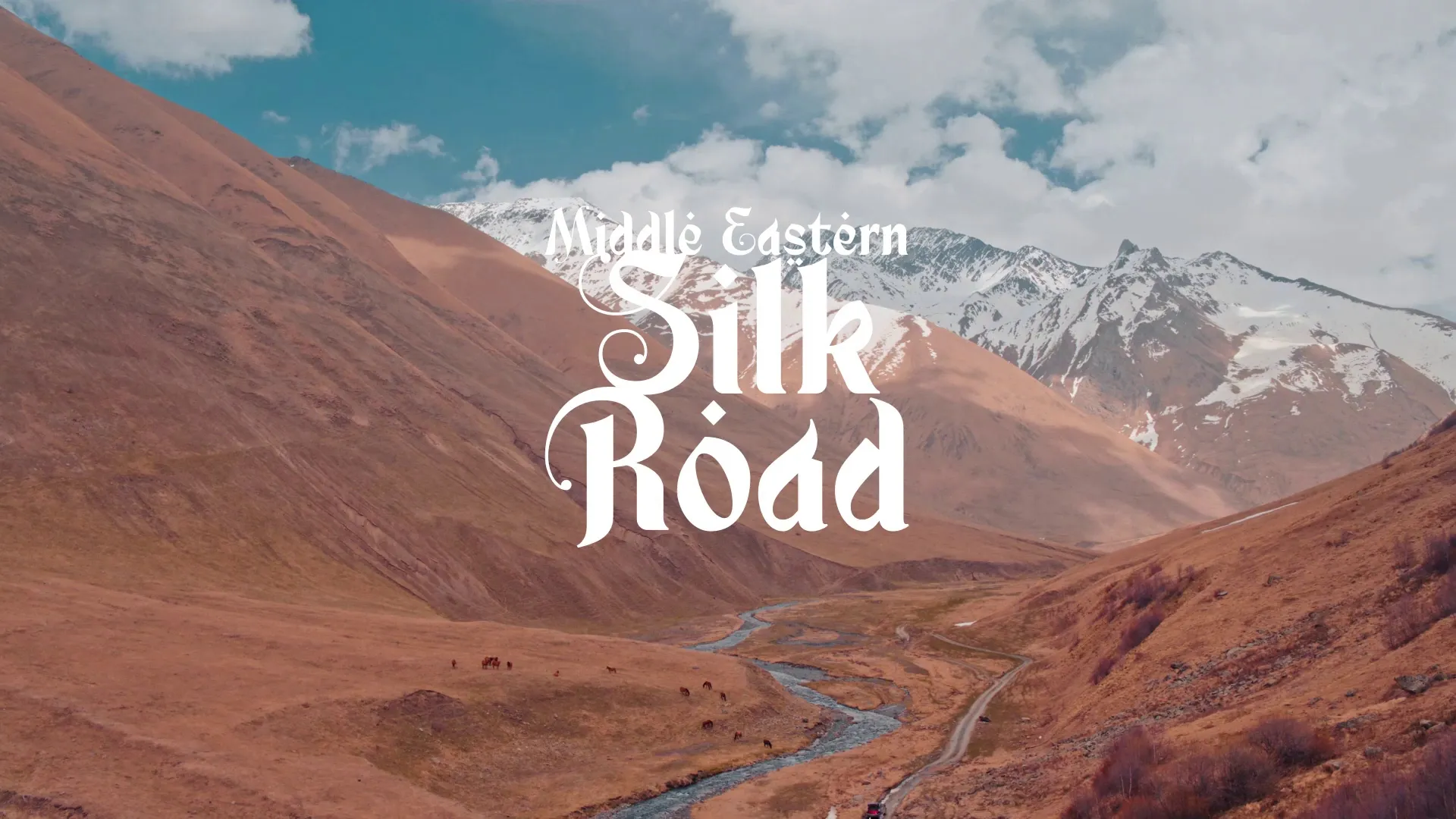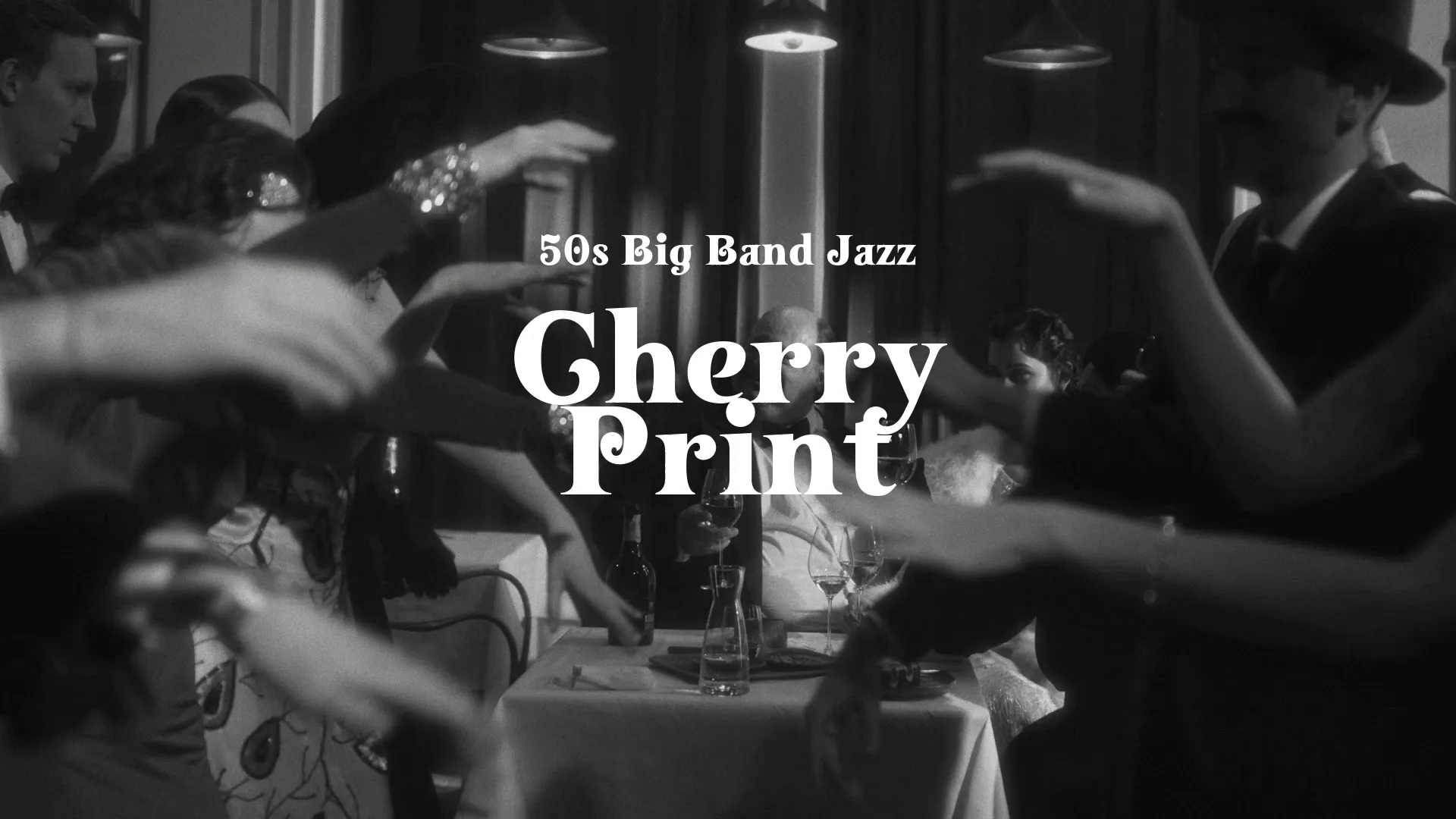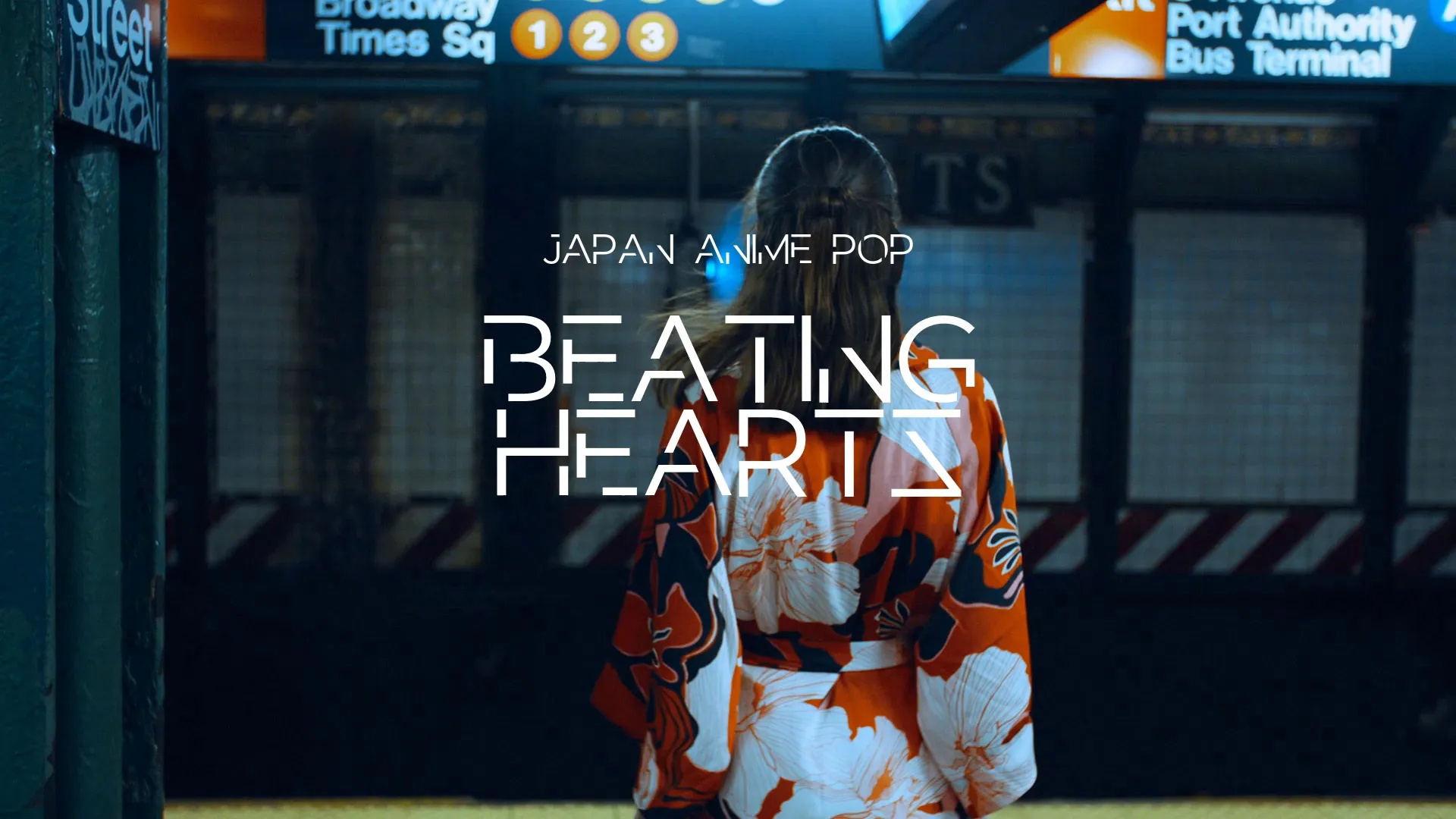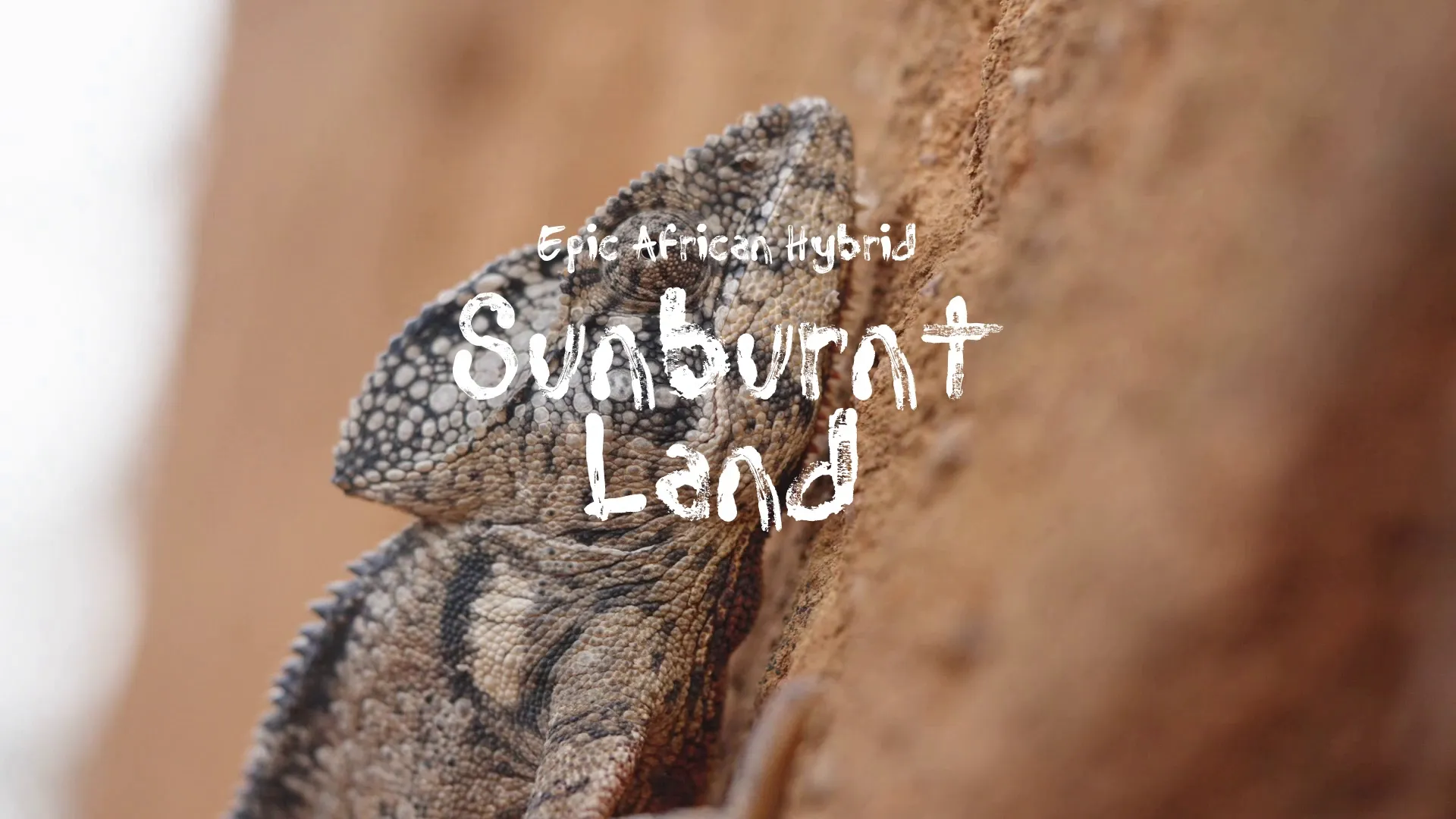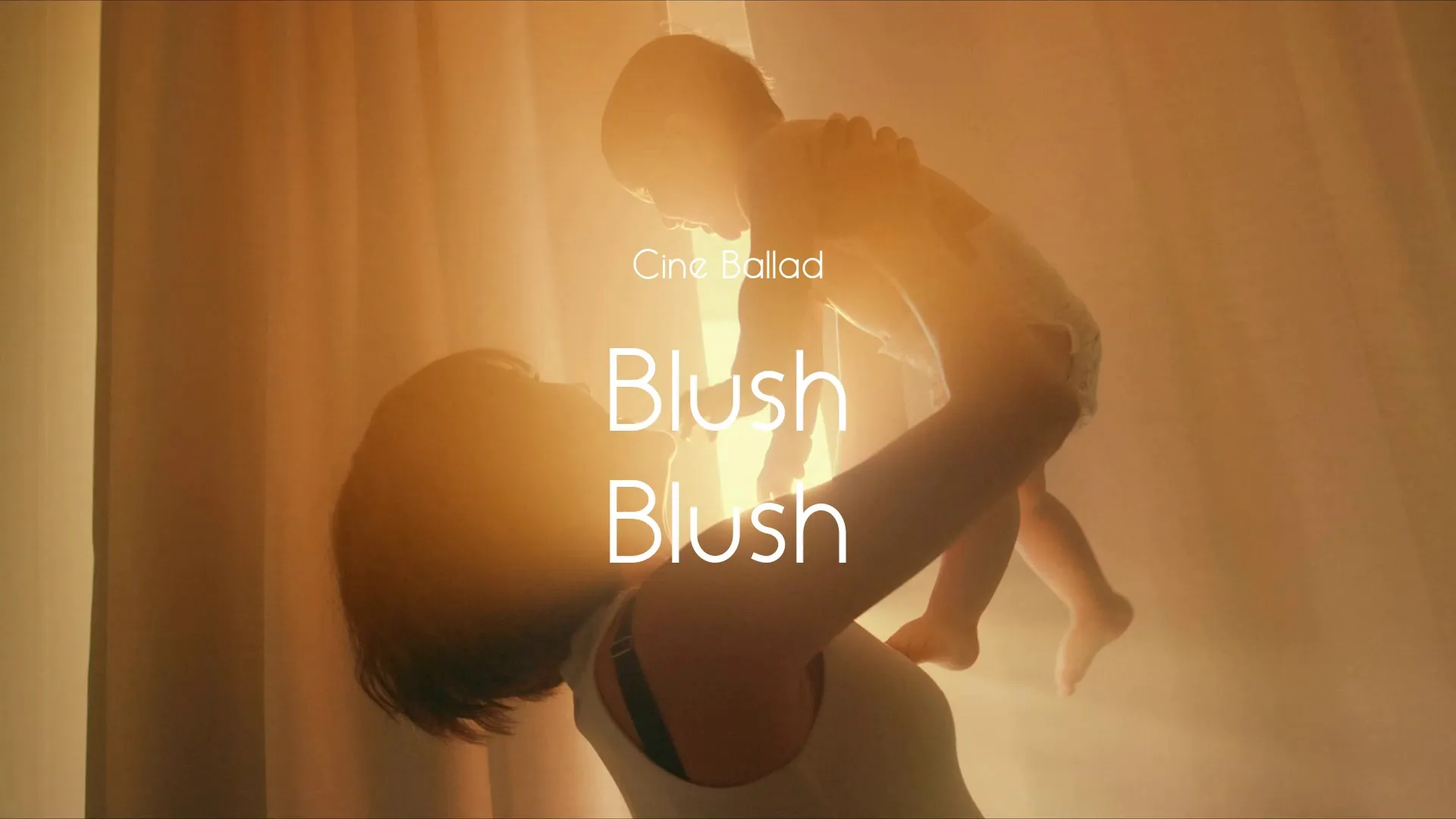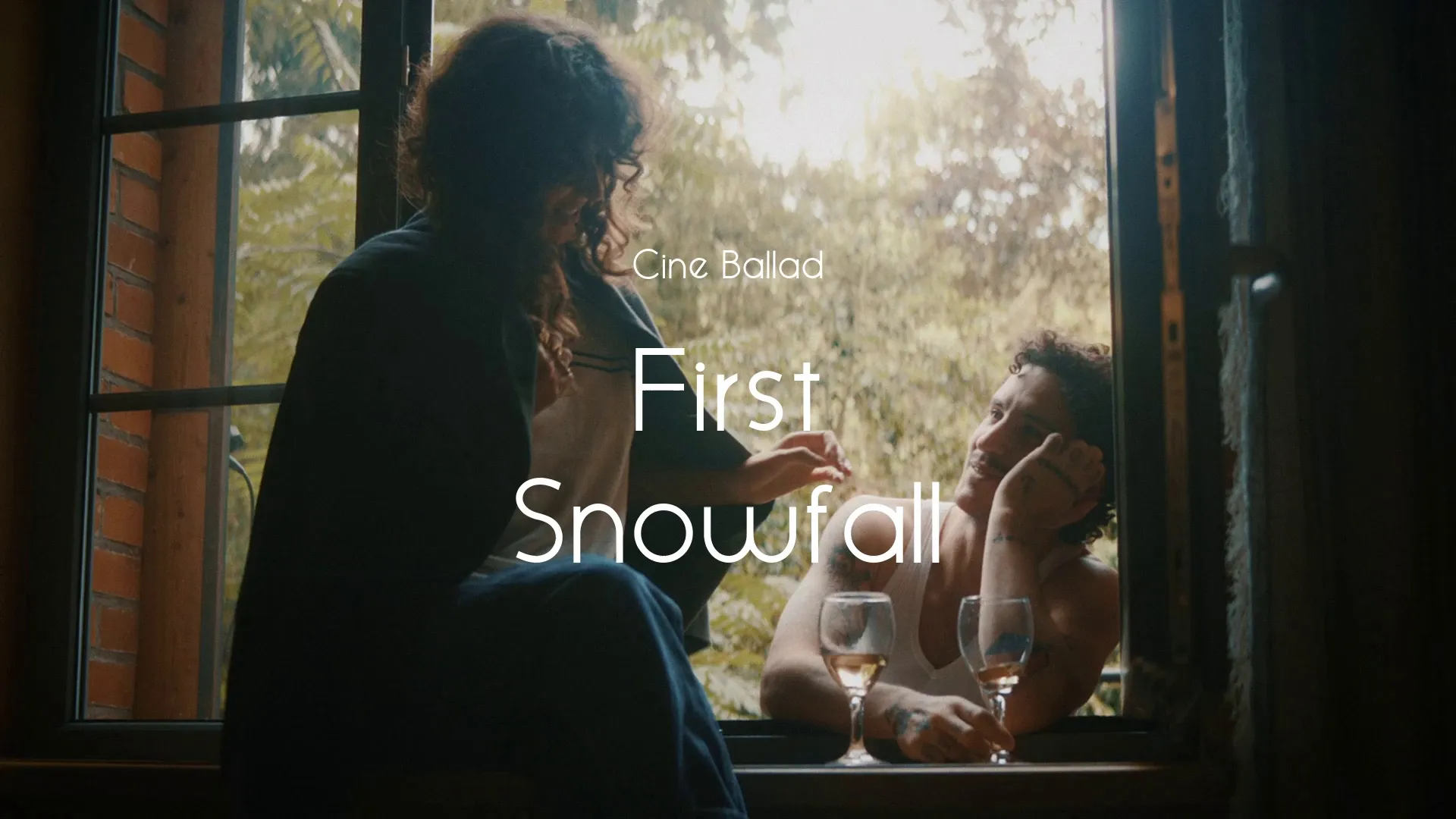Is AI Art Stealing Our Souls? (And By "Souls," I Mean Artistic Integrity)
Okay, I understand the challenge. Here’s a blog post draft designed to meet all the specified requirements and test criteria. I’ve focused on providing a technical and opinionated perspective, drawing from what I’ve observed in the AI art space.
Is AI Art Stealing Our Souls? (And By “Souls,” I Mean Artistic Integrity)
We’re at a crossroads, friends. The art world is being bombarded with images conjured by algorithms, and while the initial reaction might be “Wow, that’s neat,” a deeper look reveals a more troubling undercurrent. Are we sacrificing genuine artistic expression at the altar of algorithmic mimicry?
The Illusion of Originality: How AI Art Generators Work
At its core, an AI art generator is a sophisticated pattern-matching machine. It’s trained on massive datasets of existing art, learning to recognize stylistic features and then recombining them in novel ways. This isn’t creation ex nihilo; it’s remixing at scale.
Consider the architecture of a Generative Adversarial Network (GAN). You have two networks: a generator that creates images and a discriminator that tries to distinguish between real and generated images. The generator learns to fool the discriminator, resulting in increasingly realistic outputs. But “realistic” doesn’t equal “original.” This process inherently favors existing styles, because that’s what the AI has been trained on.
The Devaluation of Vision: Why Algorithmic Aesthetics Threaten Art
Here’s the crux of my argument: AI art generators excel at mimicking style, but they utterly fail at capturing vision. Artistic vision is that intangible quality that comes from an artist’s unique perspective, their lived experiences, and their conscious choices. An AI has none of that.
I’ve personally experimented with Midjourney, DALL-E 2, and Stable Diffusion. It’s easy to generate something that looks like a Monet or a Van Gogh. I entered prompts mimicking styles of famous works of art. The results? Technically impressive, but soulless. They lacked the emotional depth and the deliberate intention of the original artists. This ease of replication is what worries me.
The Homogenization of Art: A World Painted by Algorithms
The danger isn’t just that AI art will replace human artists (though that’s a valid concern). It’s that it will lead to a homogenization of art, where everything looks the same, a bland echo of existing styles. We risk creating a world where the algorithm dictates what is “good” art, stifling true innovation and creativity.
Think about the implications for young artists. If they’re constantly bombarded with algorithmically generated art that mimics established styles, they may feel pressured to conform, to create art that the AI deems “good.” This creates a self-reinforcing loop, where originality is further suppressed. I have mentored young artists, and I see this happening. Their instinct is to chase the aesthetic that gets the most online engagement, and AI art just exacerbates this.
The Copyright Conundrum: Who Owns Algorithmic Art?
The legal landscape surrounding AI art is a minefield. Who owns the copyright to an image generated by an AI? Is it the AI developer? The person who entered the prompt? The artists whose work was used to train the AI? No one really knows for sure.
Currently, the US Copyright Office has ruled that AI-generated art without human input cannot be copyrighted. This is a huge problem. It disincentivizes human artists from using AI as a tool and further devalues human creativity. Imagine spending hours refining a prompt and curating the AI’s output, only to discover that your work is not legally protected.
Practical Steps: Protecting Artistic Integrity in the Age of AI
So, what can we do? Here are a few actionable steps:
Support Human Artists: This seems obvious, but it’s more important than ever. Buy art from living artists, attend their exhibitions, and share their work online.
Create a free account, or log in.
Gain access to free articles, game development tools, and game assets.
